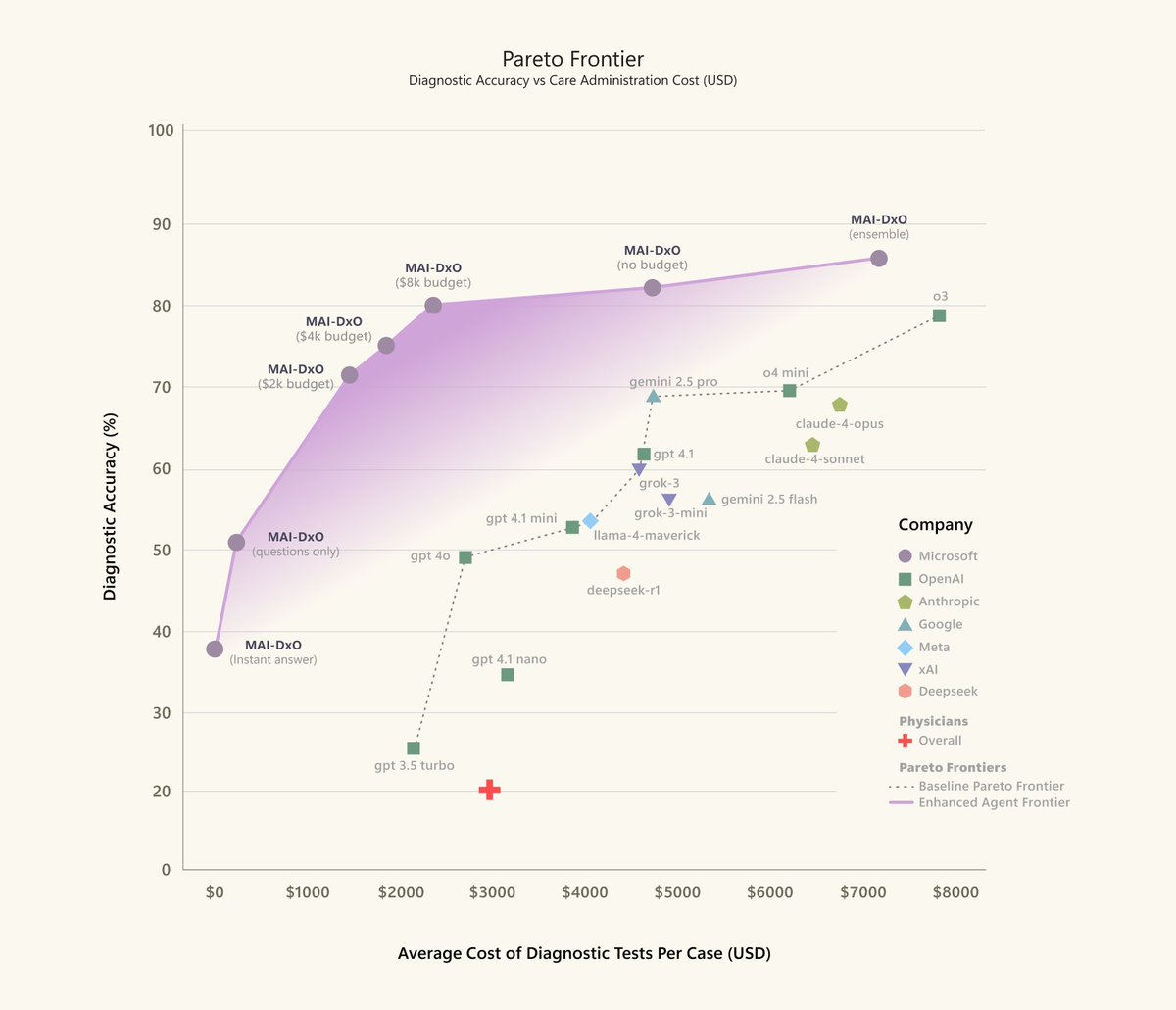Proof of how fast AI is developing: on the left a clip of Google Deepmind's Genie 2 from December 2024, on the right a clip of Genie 3 from August 2025.
I last wrote about Genie 2 in December and was impressed by the quality. But it is no comparison to what was released by Google almost 6 months later.
Some more examples.
I last wrote about Genie 2 in December and was impressed by the quality. But it is no comparison to what was released by Google almost 6 months later.
Some more examples.
Genie 2
• • •
Missing some Tweet in this thread? You can try to
force a refresh










